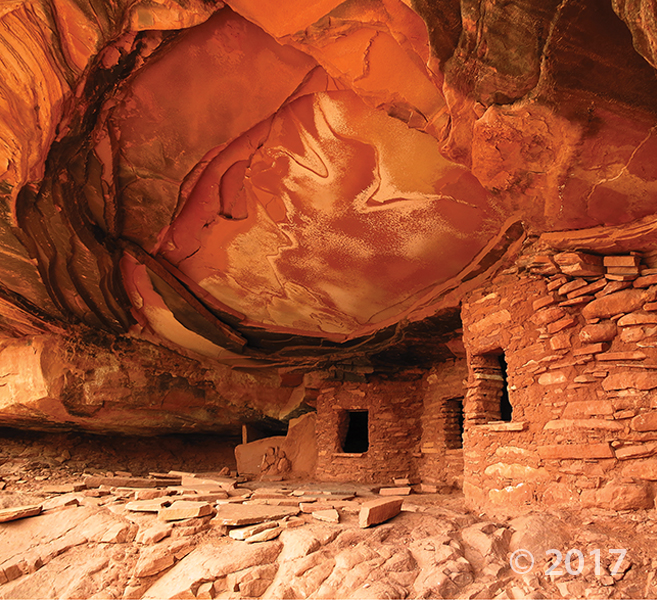Last week the Utah FORGE project completed a two- and three-dimensional seismic surveys to further characterize the project area’s buried granite reservoir. Specifically, the survey may help to identify any buried faults that might be zones of fluid flow.
Seismic surveys create subsurface images by generating, recording, and analyzing sound waves that travel through the Earth (such waves are also called seismic waves). Density changes between rock or soil layers reflect the waves back to the surface, and how quickly and strongly the waves are reflected back indicates what lies below.
For the Utah FORGE survey, vehicle-mounted vibrator plates (called vibroseis trucks) generated the source waves and a grid of geophones recorded them. The survey included two 2D surveys that were 2.5 miles long and included approximately 160 source points and geophone receivers each, and a 3D survey that covered 7 square miles and included 1,100 source points and 1,700 geophone receivers. The data is now being processed to generate a three-dimensional map of the subsurface reservoir.
For more a more information on seismic surveys see https://geology.utah.gov/map-pub/survey-notes/glad-you-asked/what-are-seismic-surveys/









